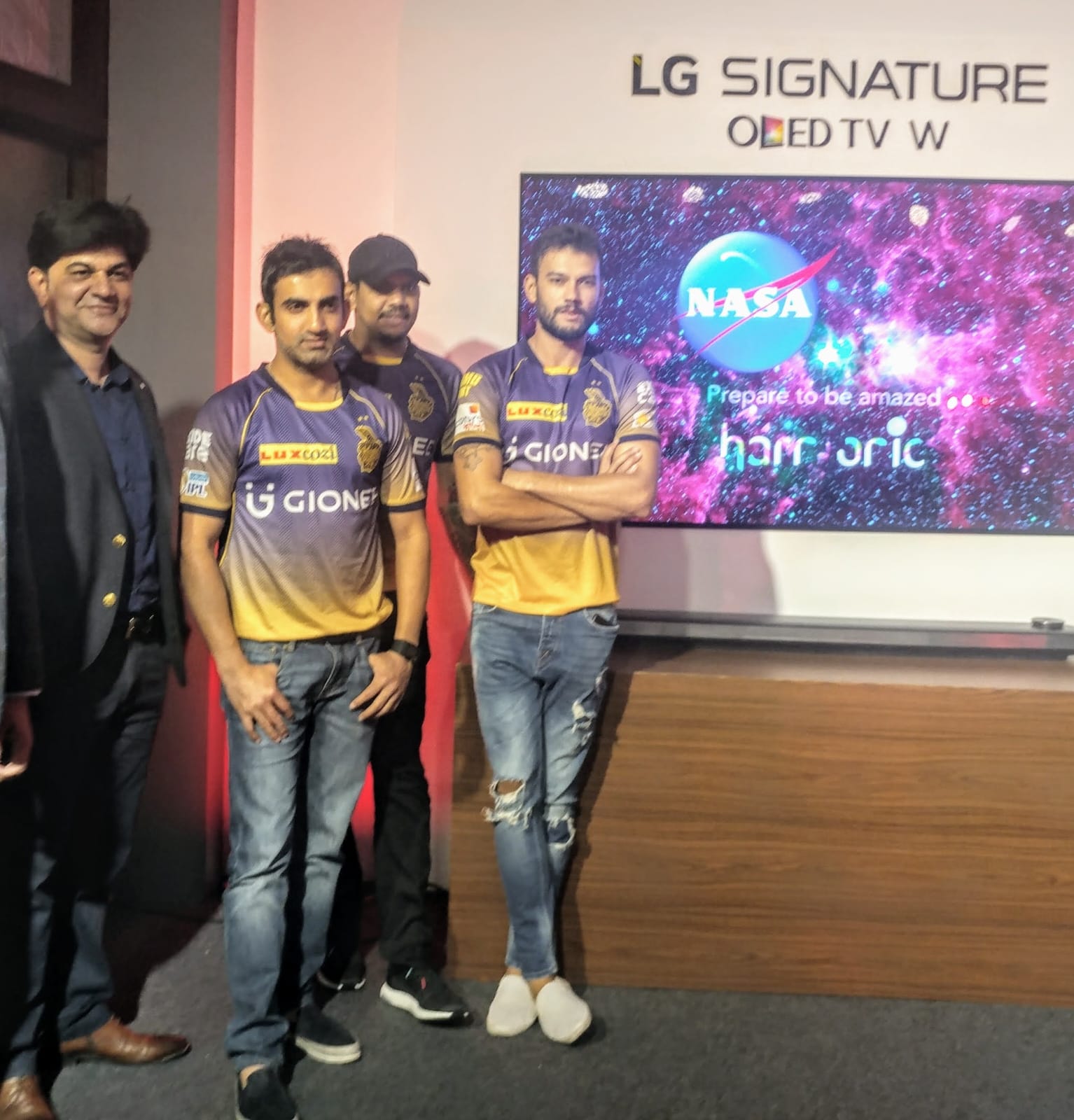
Category: TV, Rishi Tandon
Key Challenges in The Electronics and Appliances Industry
Consumer electronics are expected to experience significant growth in India, rising from $10.93 billion in 2019 to $21.18 billion in 2025. People's constantly changing and improving lifestyles, increased household demand, and easier access to credit facilities all contribute significantly to the growth.
Among the many different types of technical consumer goods found in homes, electronic devices are extremely prevalent. On the one hand, larger-screen televisions are becoming more and more popular, while on the other, electrical components are becoming smaller and smaller.
Due to the growing demand from consumers, businesses are concentrating on creating high-performing and easy-to-use devices. The emergence of technology and the digitalization of society will probably increase demand for electronic goods and home appliances.
In addition, as the government keeps making significant investments in internet access and electrification, there is an increase in demand from the rural market.
With so many options available to them today, consumers pose numerous growth challenges for the consumer electronics sector.
A number of factors, such as initial awareness, ease of purchase, online reviews, previous brand experiences, brand value, and other factors, affect the final decision to purchase any appliance.
In order to protect their current market share and prepare for future growth, businesses must deal with such uncertainty.
The consumer electronics market will experience a recovery in all segments in 2022, according to Rishi Tandon, chief operating officer of Hisense.
Hence, there are some key challenges that exist in the electronics and appliance industry. Some of them are mentioned below. Let’s take a look.
● Driving customer loyalty
In order to maximize revenue from each customer, brands must make sure that consumers consider them before switching to a different brand given that the majority of consumer electronics companies sell a variety of products. How can companies accomplish this? By promoting client adherence?
Unfortunately, most businesses in the consumer electronics sector are having trouble gaining repeat business.
Customer loyalty in the industry is, in Rishi Tandan's estimation, at an extremely low average of less than 20%.
Today's businesses must put more of an emphasis on providing excellent customer service and effective communication rather than trying to win over customers with offers or discounts. In fact, according to Rishi Tandon, more than 80% of respondents believe the above two factors are important when purchasing from the same brand.
● Superior post-sales product servicing experience
Service for their products is one of their worst nightmares. While most businesses claim to be able to help within a few days, the process frequently takes weeks, which not only irritates customers but also damages their perception of the brand.
This is because many brands have agreements with outside companies to handle their customer service. Because of this, communication has broken down.
In order to offer seamless service to their clients, businesses must streamline the procedure. They should start by making the process of scheduling a service request as easy as they can for the user.
Using multiple numbers can be confusing and make the process more challenging, so one approach is to use a single number for making service appointments, getting updates, and learning other information.
● Enriching retail touchpoint
Actual touchpoints are crucial and shouldn't be disregarded. Consumers still prefer to assess and compare brands at an exclusive brand outlet (EBO) or a multi-brand outlet (MBO), according to about 75% of consumers.
Customers frequently visit two EBOs before making a decision because in-person product viewing, handling, and experience, as well as live demonstrations, are significant and influencing factors at the time of purchase.
● Voice bots and CX
Voice bots can be employed to make appointments for servicing or demos, locate nearby stores for shopping, track the progress of requests for product replacements, and much more.
CSAT scores have increased and call handling times have decreased as a result of the use of voice bots in sectors like banking, food and beverage, and online shopping.
● Driving customer centricity
In their efforts to boost sales, consumer electronics companies have lost sight of the value of putting the needs of the customer first. Due to continued cost-cutting and the way most brands treat after-sales service, the post-sale customer experience is drastically declining.
A negative warranty claim experience directly affects important metrics like lifetime value (LTV) and retention, which brands frequently fail to recognize.
In order to succeed in today's market, brands must match the needs of their target audiences across all of their touchpoints.
They
are expected to produce "WOW" experiences that clients will remember
for a long time. Examples include using a product warranty with little to no
brand interaction, getting a replacement or repair for a product, or getting
one repaired.
Finally, it is clear that in addition to creating high-quality products, manufacturers of consumer electronics must place a strong emphasis on the customer experience. It is the single most crucial factor in setting the brand apart from the competition. Putting money into giving customers a fantastic experience at every turn would increase their overall revenue in addition to helping them retain more customers. Despite the fact that the electronics and appliance industry faces some difficulties. However, these difficulties allow the brands to develop and provide them with a favorable environment.